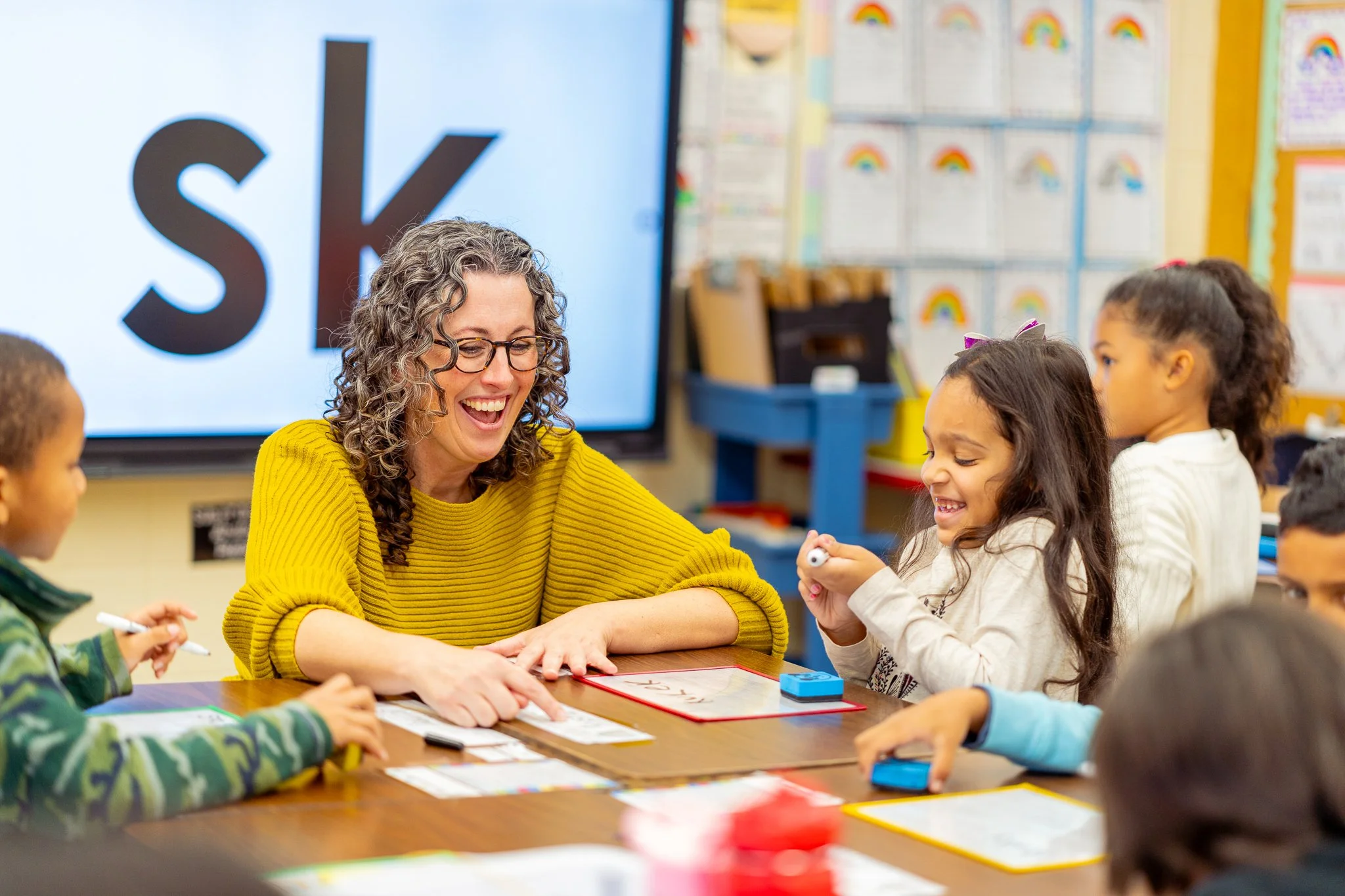5 Tips for Successful Small Group Instruction
We all know small group reading instruction is an essential, research-supported practice since every classroom has unique learners with different needs. When executed well, small groups provide opportunities for individualized instruction, collaborative learning, concentrated assessment, scaffolded practice, and a high level of engagement.
And yet, as I work with teachers across the country, I often hear that there are real obstacles to making small group instruction happen regularly. Sometimes it’s because the curriculum or core program they use concentrates on whole class lessons, other times it’s because they are short on time in an already-crowded day, and still other times it’s about feeling unsure that taking time to focus attention on just a few students is really worth the time away from the rest of the class.
Small group time is not only essential but can also be rewarding for students and teachers. Here are five tips to help you and your students get the most out of your small group time.
1. Focus the purpose. Every great lesson has a clearly defined purpose. With small groups, you’ll be carefully matching the purpose of the lesson to the needs of the readers in the group: you may choose to re-teach, pre-teach, or give additional guided practice time with something from your curriculum, or use small group time to work on skills you identified from your assessments that are outside the scope of your current unit or module. A focused purpose helps students quickly concentrate, whether you’ll work on phonics, determining importance, phrasing and pacing, exploring character motivation, or something else. Share the learning objective with students and let them know how they can measure their success.
2. Use a familiar structure. When you use a small set of evidence-based, highly effective lesson structures for your small groups, students quickly become accustomed to the routines and understand what is required of them. This allows you and your students to focus on what is being taught rather than how it is being taught. Familiarity with the process also reduces cognitive load, freeing student memory up to concentrate on the new skills, strategies or content they are learning. As a bonus: these familiar structures simplify and streamline your planning, keep you well-paced as you teach the lesson, and can be used across the day in any subject.
Discover more about explicit, engaging lesson structures in my new book Teaching Reading Across the Day.
3. Select the right text(s). You’ll want to match the text(s) to the reading purpose. If you are working with a group of third graders on expressive reading, you’ll want to choose a text that allows for a range of emotion. If you are working with several fifth graders on how to synthesize information across an expository text, you may want a short text that offers a variety of text features such as headers, illustrations, or insets. And remember, you don’t always have to go looking for new material, your curriculum, textbook, or read-aloud book may have the perfect passage.
4. Mix it up. Small groups are a great way to motivate and engage students. Moving fluidly between different types of explicit instruction—-demonstration, shared practice, asking questions, prompting and feedback—helps guide students toward independence. Small groups also provide plenty of opportunity for students to share ideas and learn from each other. Research shows that students benefit from peer-to-peer learning—they increase their confidence, gain new insights, get inspired and further their understanding.
5. Be responsive. No matter how carefully you plan your small group lessons and how well you anticipate students’ reactions, there is only so much you can plan for. If there is one thing you can always count on, it’s that students will surprise you. Sometimes a demonstration doesn’t produce the results you anticipated, and you’ll need to offer another example on the fly. Or students answer questions differently than expected, and you’ll need to rephrase and adjust. Or students need more time to master a particular strategy, and you may need to postpone the latter part of the lesson. Making decisions on the fly in response to the students in front of you is part of the art of teaching that produces the greatest opportunity for student learning.


